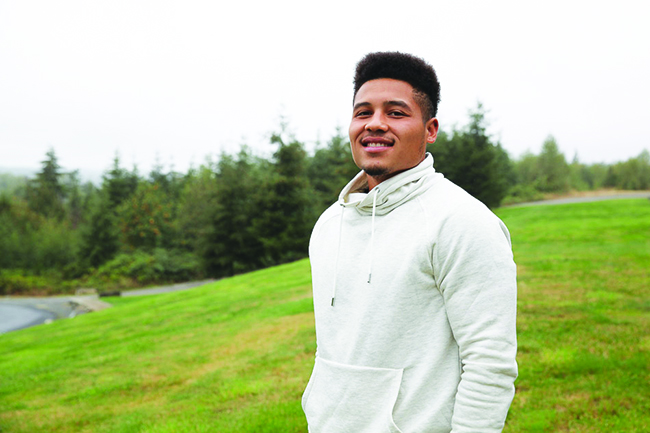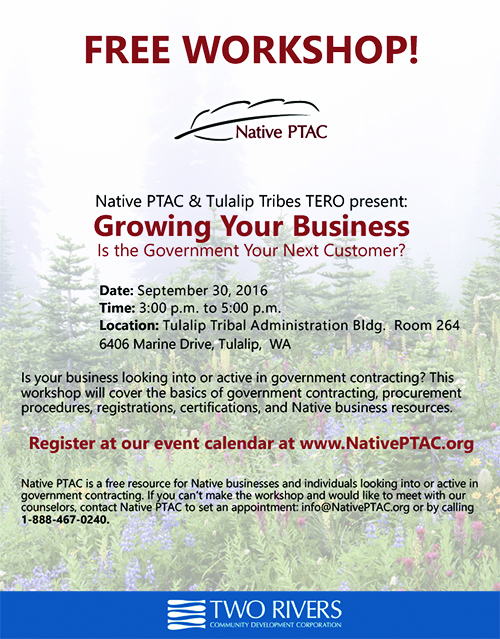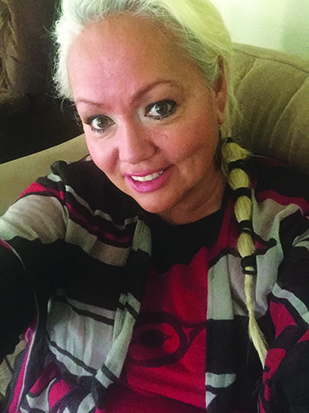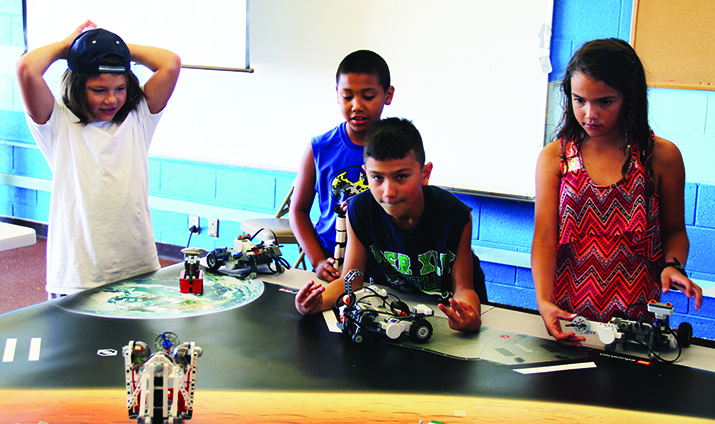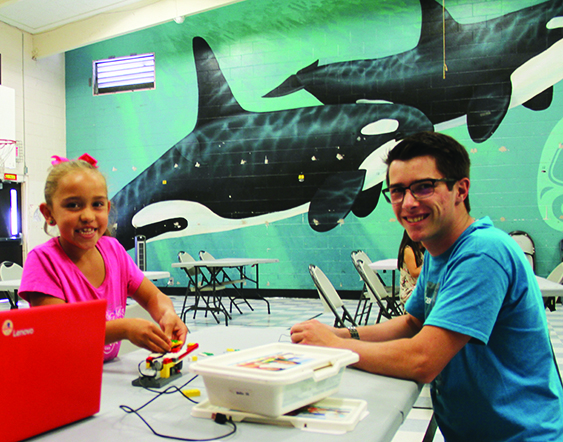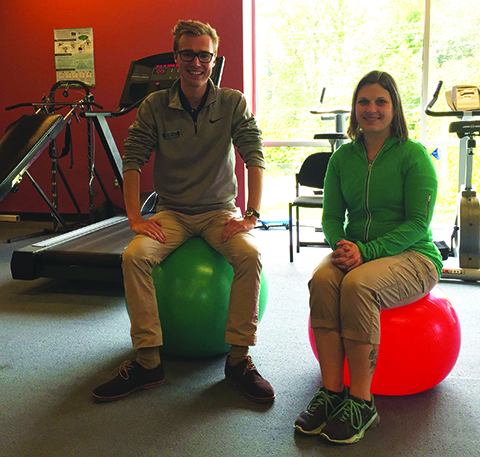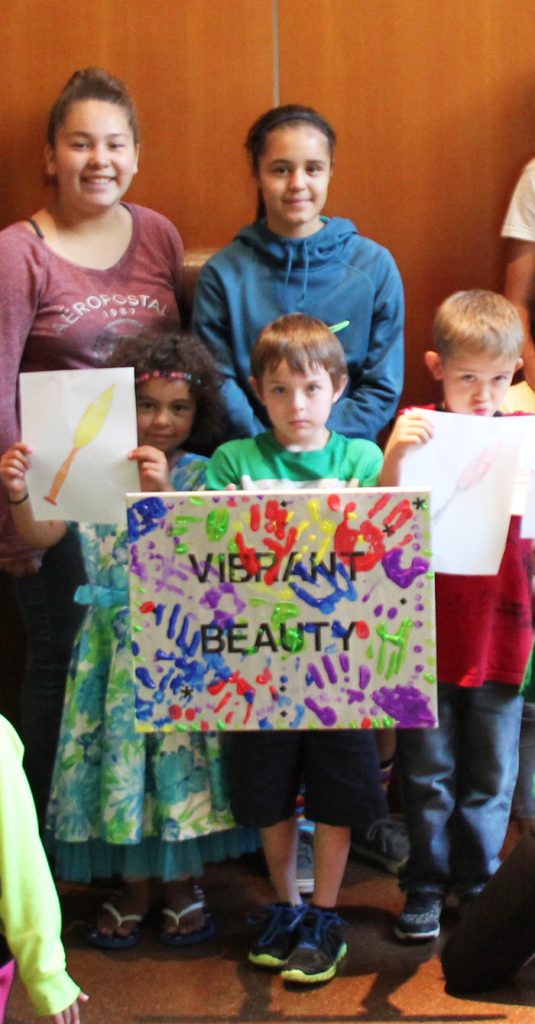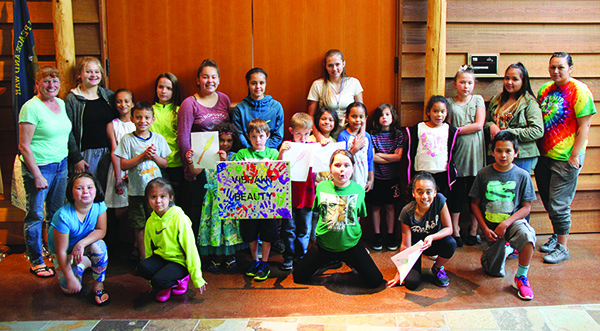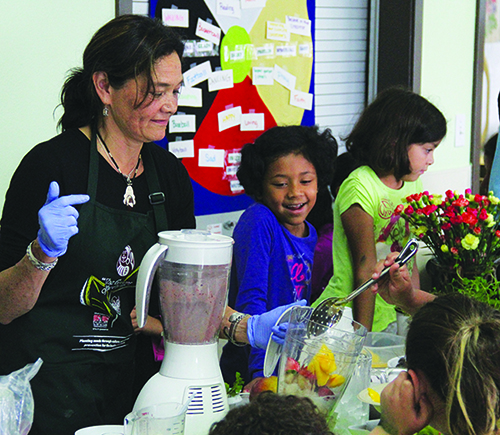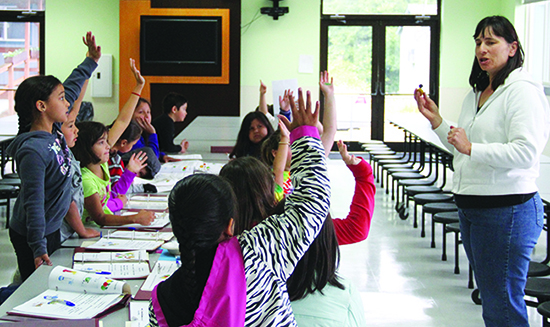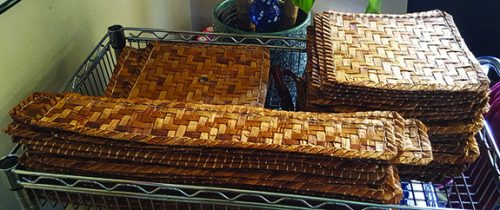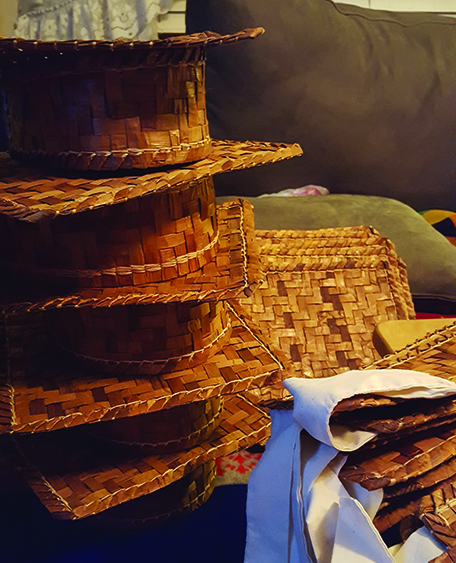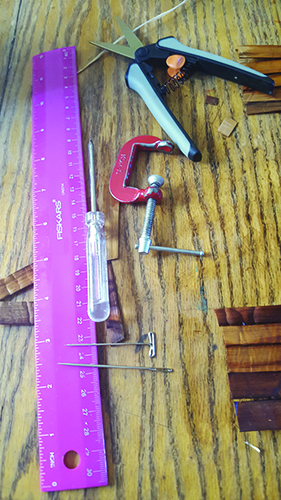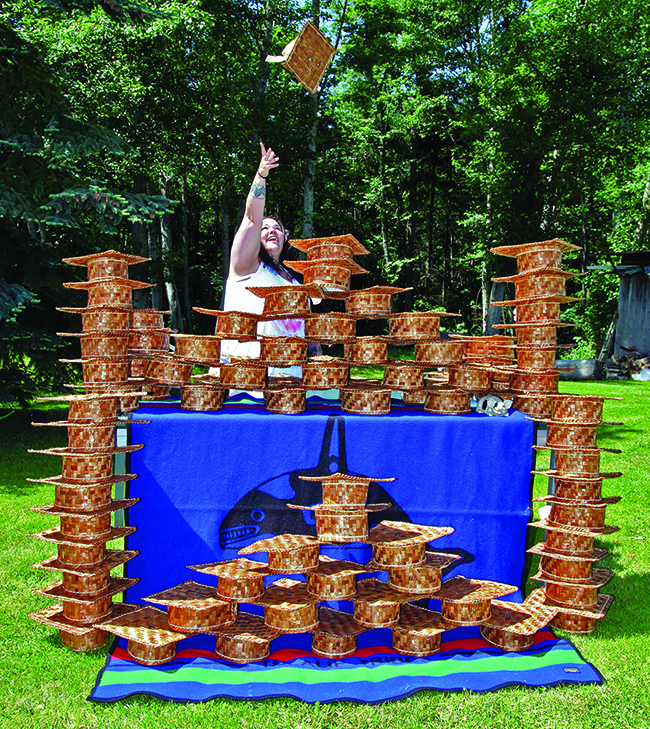By Deyamonta Diaz, Tulalip Education Advocate
Hello Everyone,
My name is Deyamonta Diaz and I am the newest Tulalip Education Advocate. I currently work at Heritage High School, Tenth Street, Arts n’ Tech, Mountainview Alternative, and Cedarcrest Middle School. As an Education Advocate, I have the opportunity to relate to our current high school students both as a fellow tribal member and as someone who understands the unique experiences that come from growing up on the Rez. As a student, I didn’t have a mapped-out plan to navigate high school in the conventional way. Now, as an advocate I’d like to help our students by offering some simple advice, based on my experiences, that can help them survive and maximize success during their very important high school years.
Freshman:
- Don’t miss out on sports and being part of a team because you think they’ll take up too much time. Trust me, you can balance school and sports.
- Do not goof off, stay focused on grades.
- Worry less about trivial things, care more about yourself.
- Don’t take things too seriously. You only get to experience high school once, so enjoy it.
- Don’t allow your friends to define who you are. Break away from negative influences if they don’t accept you for you.
- Read and write as much as possible. These are skills that will last a lifetime.
- Get very involved in extracurricular activities. You may discover something you are super passionate about.
- Get your required gym classes out of the way early. Plan ahead when it comes to what classes you’ll take each year.
- Be yourself! Life will be infinitely easier if you aren’t spending all your time trying to be someone you aren’t.
Sophomores:
- College. It’s time to consider what the requirements are for colleges you’re interested in attending and setting yourself for long-term success.
- Work. If you need to make your own money then it’s time to start applying for part-time jobs. Don’t forget about the Summer Youth program when the school year is coming to an end.
- Balancing school work, sports, clubs, and a part-time job, not to mention a social life, can be challenging. Talk to guidance counselors if you’re feeling swamped, sometimes just talking it out can be very helpful.
- Driver’s License. Look into Driver’s Ed programs. Your chance to finally get off the school bus, and sleep in a little longer.
Juniors:
“Senior year, you will be overcome by many adult decisions and leaps that you will have never faced before (choosing a college, saying goodbye to old friends, figuring out how to do common household tasks, and taking care of yourself as an independent). See how what you are passionate about fits in with a possible future career, and do something special with that passion to make yourself feel fulfilled while at the same time being a good resume booster. Research and tour colleges NOW!
Learn how to manage your time. You can accomplish anything you want in life, but without proper health and organization in your life, your achievements will reduce to nothing real quick, especially if you have become overworked/stressed or depressed because of how busy you are. Don’t forget your family & friends. Relationships last longer than recognition, jobs or money. Learn what to participate in and what to sacrifice. It may also help to learn how to multitask efficiently.” – Corvyn Kusuma, Southridge HS Co-Valedictorian
Seniors:
- Senioritis is real. Don’t let it overpower you because the finish line is within reach.
- If you have the slightest interest in applying to any colleges, like the Nike saying goes, “Just do it”. Worst that can happen is you get a “no”, but the best thing that can happen is you get a “yes” that changes your life forever.
- College application season – Apply, apply, apply!
- You only have one year left so talk to as many people as you can
- Minimize distractions. InstaChat and Tweetbook can wait. These final school moments last only so long
And last but not least before you say your final “Hoorah’s” and “Goodbye’s”, remember; “Just when the caterpillar thought his world was ending, he turned into a butterfly.” – Proverb

